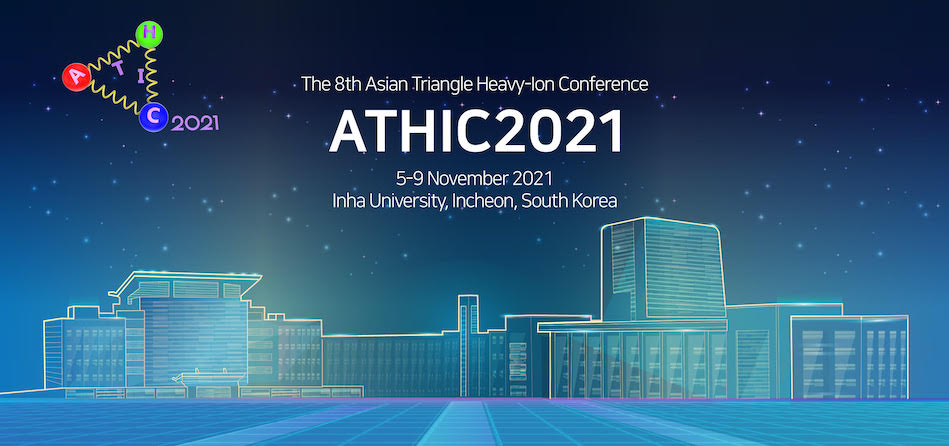Speaker
Description
Quarks are confined inside a hadron as a color-neutral composite particle. Quantum chromodynamics (QCD), the fundamental theory of strong interactions, does not rule out an existence of exotic hadrons other than mesons and baryons. However, a dibaryon consisting of six quarks has not yet been discovered. The discovery of dibaryons would lead to a deeper understanding of QCD. In particular, dibaryons containing s quarks can provide additional information on fundamental baryon-baryon interactions in the flavor SU(3) space.
In the ALICE experiment, dibaryon searches have been performed in Pb-Pb collision data at √(s_NN ) = 2.76 TeV. The H dibaryon, a bound state of six quark (uuddss) was searched through its weak decay H dibaryon → Λpπ^-, while the possible Λn bound state has been searched through the weak decay channel (Λn) ̅ → d ̅π^+. No signal was observed and upper limits of their production cross sections have been determined.
Nevertheless, the recent lattice QCD calculations by HAL QCD showed the attractive potentials between ΛΛ, NΞ, and NΩ, and the strong attractive potential between these hadrons has been recently tested using two-particle correlation measurements by the ALICE experiment. A consequence of these attractive potentials is that the H-dibaryon should be a resonant state of ΛΛ or NΞ, and NΩ should appear as a quasi-bound state. These dibaryon states should then strongly decay at the collision point.
In this talk, we will present the current status of the dibaryon searches and future measurements feasible in the ALICE experiment.
